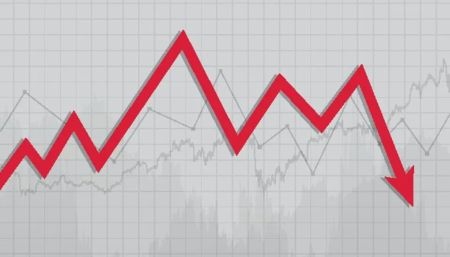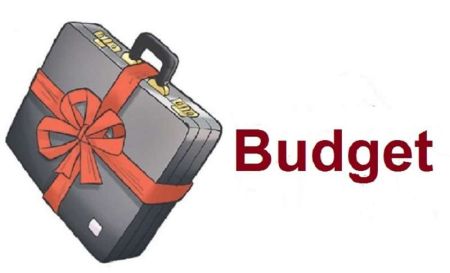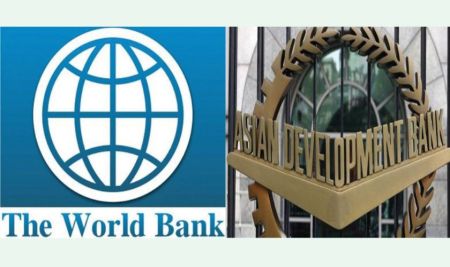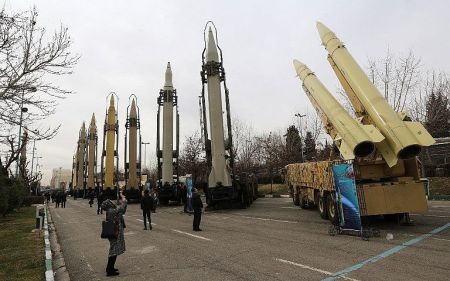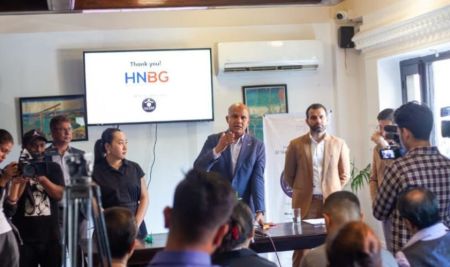COMPILED
NABIN SHRESTHA
Brand Consulting and Design [email protected]
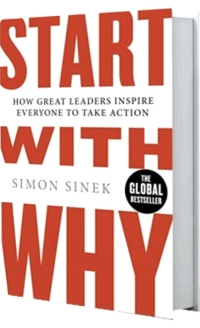 Why do we buy what we buy? Trained ethnographer Simon Sinek offers a simple and compelling answer in his ever-popular business bestseller on leadership, innovation and marketing, Start with Why.
Why do we buy what we buy? Trained ethnographer Simon Sinek offers a simple and compelling answer in his ever-popular business bestseller on leadership, innovation and marketing, Start with Why.
People don’t buy, What you do nor How you do it. They buy, Why you do it. Telling people our Why (i.e. our driving purpose, values and beliefs) connects with people at a deeper level than functional benefits ever can. It helps brands differentiate themselves and leads to greater loyalty, higher price points and more successful new product launches. For organisations, it is Why which helps to attract the right type of people and keeps the institution focused and on track. The leader’s Why inspires others to follow. It leads to greater commitment and the ability to withstand better the trials and tribulations of a team.
What is Why?
Every company in the world knows their What (it’s what they do). And they know How they do What they do. But most have lost touch with Why they do what they do. Why is their purpose, cause or belief. Why should people care? Why do you or your staff get out of bed in the morning? Why did you first start doing what you do? What’s your ‘cause’? What’s it all for? If the What and the How are externally focused, the Why is more internal. It’s this inner drive that is critical to success.
Why ‘Why’ is so Powerful
Why provides a point of human connection: We want to be around people (/brands/organisations) that share our beliefs and values. The Why communicates their beliefs and values, providing a point of identification and connection.
Why stimulates emotional decision-making: The part of the brain that deals with feelings is also the area that controls our decision-making - so we often ‘feel’ a decision is right. When we try to explain we revert to the rational brain which often draws false conclusions. The rational brain quickly and easily becomes overwhelmed, often leading to lower quality decision-making. Decisions made by the emotional, limbic system tend to be faster and most of the time of better quality. Why stimulates emotional decision-making, What or How stimulates rational decision-making.
Brands
Why plays a key role in helping to shape the long-term success of brands:There are two ways to influence human beings: inspire or manipulate. Manipulation is rampant in business because it works – but at a deep cost. Typical manipulations include price dropping, promotions, innovation, using fear or peer pressure. However focusing on the Why can help shift the balance away from manipulation to inspiration.
Why reduces competitor obsession: When companies focus on their competitor’s activities, they get distracted away from their own Why and instead focus on their Whats. A company that is focused on its ‘Why’ will be less influenced by the competition.
The Why is often where a brand’s real point of differentiation lies. When a brand focuses on its Why they rise above that and are more focused on telling the world about their proposition. Furthermore, people more readily identify with a brand purpose as they are more relevant and meaningful than many ‘What/How’ based points of differentiation.
People who buy an Apple Mac or a Harley Davidson are not comparing IBM’s Vs HP or Suzuki vs. Honda. They have stepped above the competition. There is only one Harley brand– the choice merely becomes which model.
Why helps support premium pricing- the goal of business is less about profit – not volume. Therefore it is often better to sell a smaller number to a group of people who are aligned with your Why as they will be willing to pay more for it. When a brand communicates its Why, its consumers have a deeper connection/meaning to it– and so is more valued. Brands that start with Why have higher levels of loyalty, and tend to be more profitable than others.
Organisations
Employee attraction and engagement: Much like a brand attracts loyal customers, so when a company tells its Why story it attracts employees who share those beliefs, values and purpose. So in a market searching in the same pool of talent Why organisations have a greater competitive edge (other companies may have to ‘manipulate’ to gain the best, whilst Why companies inspire people to join them).
Why inspires engagement and loyalty: When employees share the organisation’s Why it inspires at a deeper level than just ‘motivation’. They have a greater sense of belonging, are more engaged, more committed, have a greater sense of loyalty and are more productive. It was not Steve Jobs who came up with the iPod, iTunes or the iPhone, but people who shared his Why.
Why helps you persevere against the misfortunes: The Why is often a future driven goal. It acts like a ‘North star’ in not only guiding the organisation, but also in helping to keep the company striving on against adversity.
Why drives decision-making and direction: If you don’t know Why you can’t know How. The Why drives real focus in an organisation and can be used to help influence every decision made inside the company. It is this organising force that propels the company forward in one cohesive and consistent direction. Knowing the Why helps people know the Whats and Hows.
Why unites: Organisations are a collection of individuals united around a common purpose. People who share these common values and beliefs will not only enjoy it better but will also thrive in such an organisation. It’s the cause we really come to work for-the ‘Who can I become’ is more powerful than the ‘What do I get paid?’
Without a Why, manipulation drives the workforce: When you do not have a powerful Why that inspires and unites, then you have to manipulate (often by paying inflated salaries). Manipulating people will only hold them in place for so long, but a cause, a fundamental belief or value that they themselves own is much more enduring. Loyalty comes from purpose not incentives.
Lose your Why and you can lose direction: Alongside the Why of the idea must come the How and the What. Sadly, after a while a company gets so absorbed in its Whats and Hows that it loses sight of its Why. When this happens, they also lose their clarity and their customers (and start resorting to manipulation strategies).
Often when the founder leaves, the Why gets lost. Also when a company grows so fast or so big it gets lost. The roles of individuals in a large organisation often become so specific that they have no clarity of the bigger purpose.

Personal Leadership
Successful leaders do not run companies, they lead movements. Great leaders do something very special– they inspire us to act. Leading means people want to follow (rather than have to follow).
Leaders inspire and lead through the Why: The leader’s job is to inspire the organisation with the Why. If the CEO is the chief storyteller of the Why, then the senior management are in charge of the How. Underneath that, is where the What is created. It is the What that brings the Why to life. The Vision of a company is the Why. The mission (i.e. task) is the strategy to get there– i.e. the How. A company needs both and that is why the book is called START with Why.
Why drives authenticity and trust: The Why is the critical part in building any relationship. Being authentic is increasingly important in a transparent world. It’s about consistency– where we do what we say and say what we do. Often it’s encapsulated in the stating of our values and beliefs (i.e. our Why). When we know a person is acting from a deeper sense of beliefs, then we are more likely to trust them. Their Why gives us an insight into the person– what is their driving motivation. When they do not reveal this, then we find ourselves mistrusting them (often applying more unscrupulous reasons for their behaviour).
New leaders. Same Why: One of the big problems when handing over the reigns of an organisation is that a new CEO may have a different view. Succession management is called that as the Why should remain unchanged.
Whether it’s a 18 year old high school student at the brink of college, who has a chance to start pursuing a great career early, or a 48 year old business owner, who wonders why her employees lack drive recently, we all need to start with WHY.








